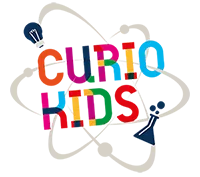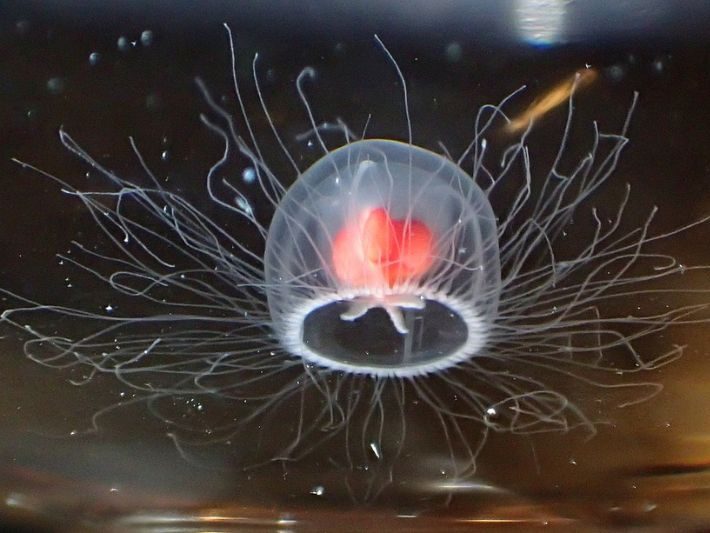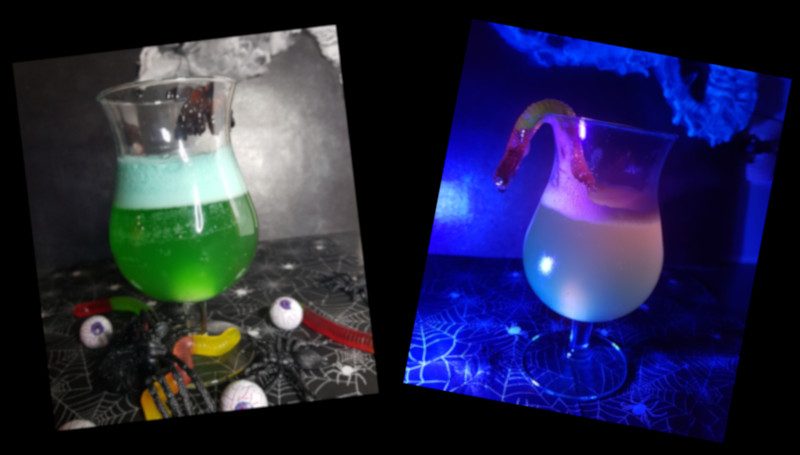
Laetitia MESPOUILLE
In the movie Hotel Transylvania, or in the Twilight series, you can identify vampires very quickly by certain characteristics. First, they drink blood and suck it from their victims with their sharp canines. Then, they are immortal and have heightened senses. They can even change their appearance to become bat. On the other hand, they can’t stand sunlight. But do vampires exist in our world?
You would be surprised to learn that in nature, there are animals that have something in common with the vampires from fantasy stories. And who knows if these terrifying creatures were not inspired by the animal kingdom?
The five characteristics of vampires that exist in the natural world.

Vampires drink blood
This is the first thing you think of when we talk about vampires. They drink human blood!
In the animal kingdom, many animals feed on the blood of their victim, or rather, their prey. Let’s mention, for example, the vampire bat, the leech, the vampire finch of the Galapagos Islands, and the lamprey. But among all the species of bloodsucking animals, only the vampire bat is hematophagous. In other words, it is the only mammal feeding exclusively on blood.

Hematophagous
This is the class of animals that feed on blood.
Vampires are immortal
Edward Cullen and his friends from the Twilight saga are indeed immortal. That’s great! However, in the animal kingdom, we meet a few animals having this quality, with a few exceptions. The tardigrade, a small microscopic water bear, is a rare example. This small animal measuring less than one millimeter can survive in extreme conditions. If deprived of water and food, it goes into a state of “sleep” called stasis. It can remain in this state for 30 years if necessary. Then it reactivates and continues its quiet life.
Another animal described as immortal is the immortal jellyfish belonging to the species Turritopsis dohrnii. This jellyfish measures 4.5 mm as an adult. Turritopsis reverses its development to become a polyp in case of starvation or fatal injury. These eventually bud and release small medusas genetically identical to the injured adult. This phenomenon is called transdifferentiation. It is as if the jellyfish was reborn each time. It is impossible to kill it with a stake in the heart.
Vampires hide from the light
Sunlight is deadly to vampires. So they only come out at night to enjoy the complete darkness. The naked mole rat also avoids light at all costs. Like vampires, this African rodent is white and can live a very long time. Their huge incisors allow them to dig deep galleries where they live in colonies. Unlike Dracula, the mole rat has very poor eyesight. However, its sense of smell and hearing is exceptional.

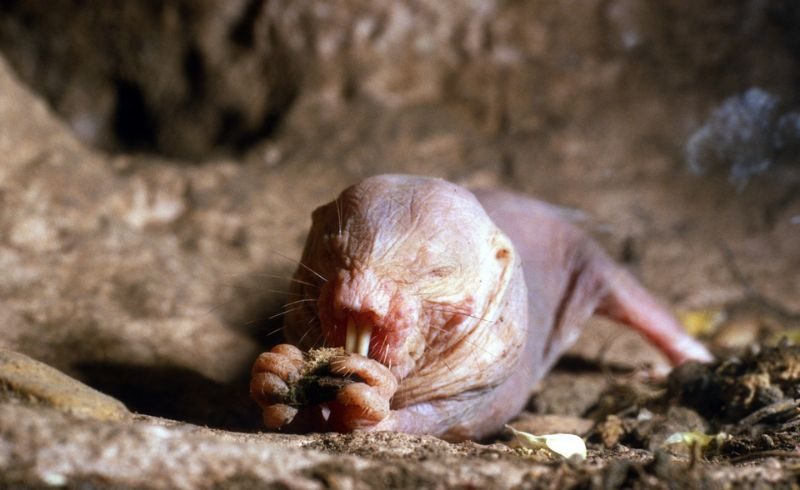
Vampires have heightened senses
According to the myth, garlic repels vampires. The pungent smell of garlic disturbs their powerful sense of smell. Bears also have a powerful sense of smell. They can detect food more than 28 km away. And even food that is buried in the ground. In hematophagous species, the senses allow them to detect the next meal. For example, the mosquito’s sense of smell helps them to detect the CO2 that we exhale while sleeping or the smell of our sweat. Like the vampire bat, the mosquito also detects heat sources, those of living beings. The mosquito is even able to detect an accessible vein under our skin.
Vampires change their appearance
The most amazing characteristic of vampires is their ability to change their appearance. In the animal kingdom, the octopus-mime can imitate other marine animals. This octopus of about 1 m living in the warm waters of Indonesia can imitate more than 15 species. Both their appearance and their movements. Thus, it can copy the sea snake, the flying scorpion fish, the frogfish, the giant crabs, or the rays. To achieve this, she contorts herself and changes color. This gift allows her to escape from her predators, such as barracudas or sharks. Indeed, by taking the appearance of toxic species, it signals them that they are not good to eat. This mimicry also allows it to get closer to its prey.

Mimicry
The ability to imitate the appearance or behavior of something
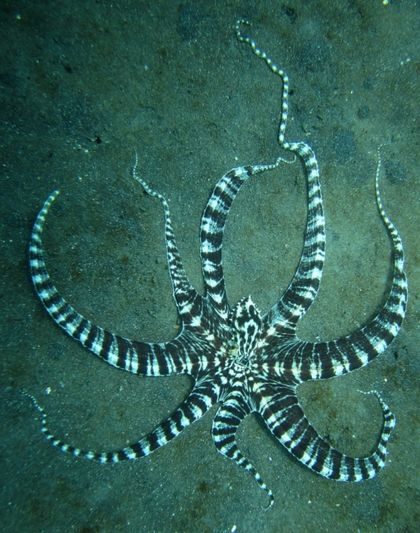
Auteur : Steve Childs, CC BY 2.0 <https://creativecommons.org/licenses/by/2.0>, via Wikimedia Commons
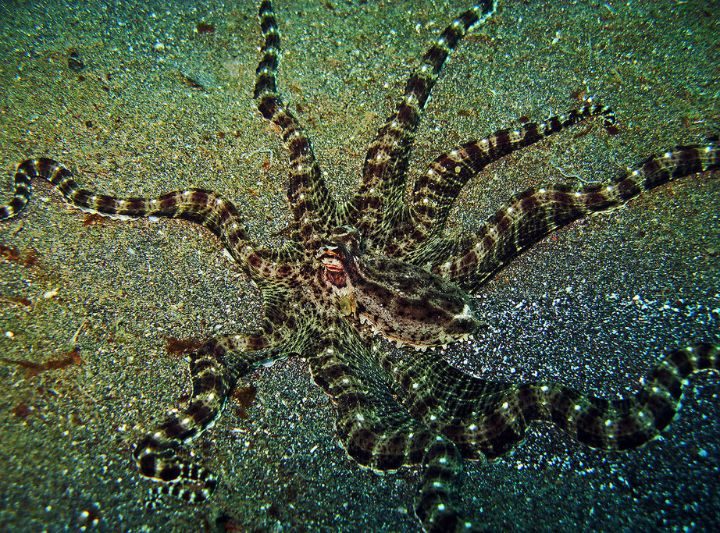
Auteur : Bernd, CC BY-SA 2.0 <https://creativecommons.org/licenses/by-sa/2.0>, via Wikimedia Commons
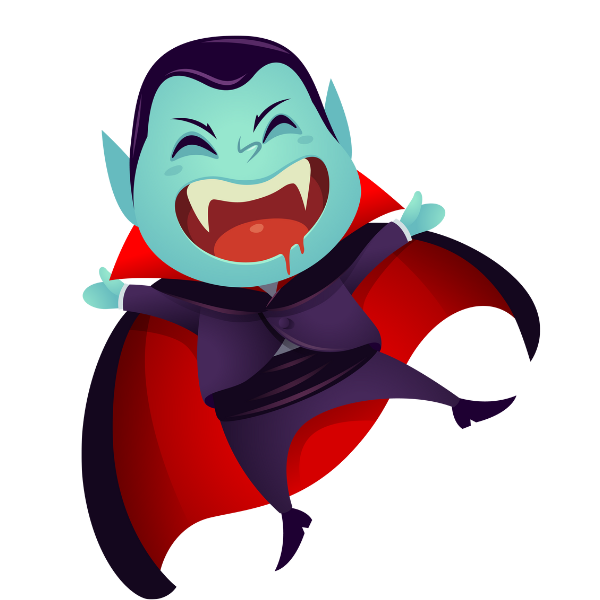
Is it true that some men behave like vampires?
Far from biting people in the neck, some tribes feed on animal blood, which they mix with milk or other beverages. In Kenya, the Maasai have a tradition of consuming milk, meat, and blood. Blood is taken in small quantities from the ox. They consume it raw or mixed it with milk during celebrations or to treat the sick.

In the 13th century, the Mongols, a people from Central Asia, consumed the blood of their horses. These ruthless warriors had a special bond with their horses. These horses allowed them to win quickly in combat zones to overthrow their enemies. However, to compensate for the lack of food during long journeys, the Mongols fed on the blood of their horse. At the end of the day, they would cut a small vein to recover the equivalent of a cup. The horse fed with grass thus transmits its food to the rider by its blood.

And so? Do vampires exist?
No, there are no vampires in our world, at least not outside the ones you find in fantasy stories. Vampires exist in books and movies but not in reality.
